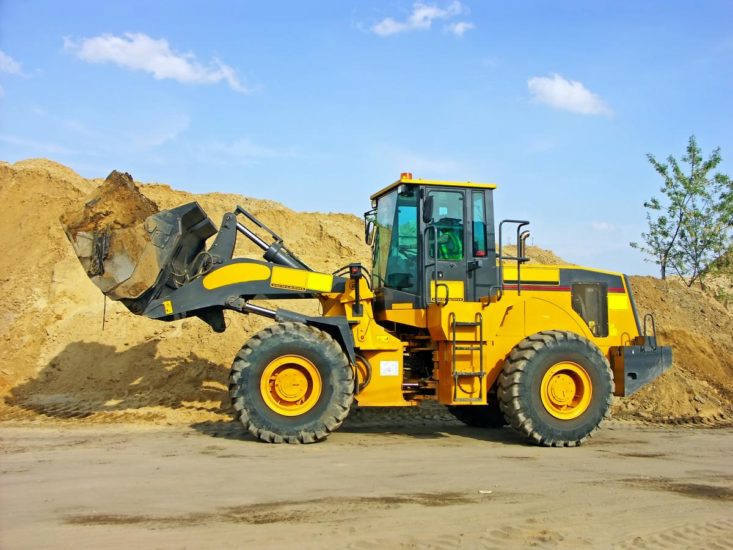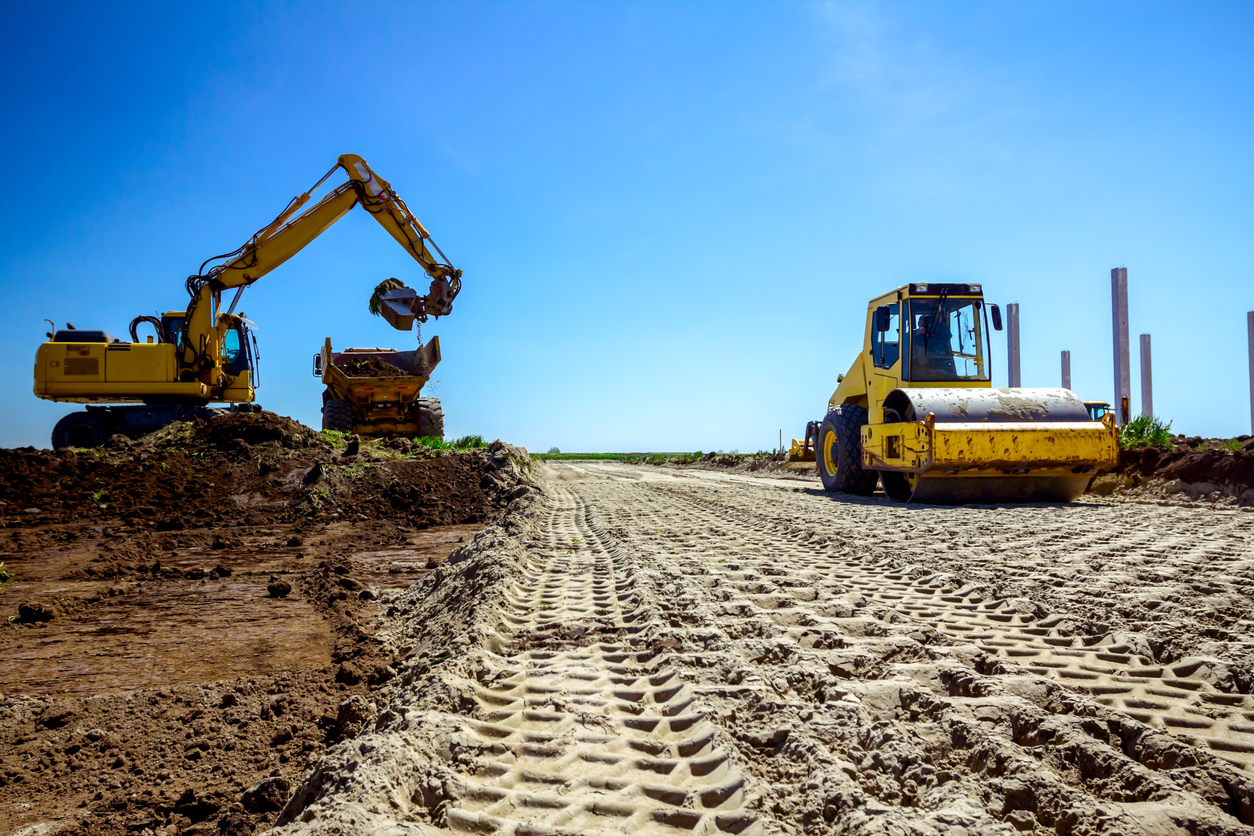Scissor Lift Rental: Safe and Effective Solutions
Scissor Lift Rental: Safe and Effective Solutions
Blog Article
Leasing Vs. Acquiring Construction Tools: Making the Right Selection for Your Task
When beginning on a construction project, one of the crucial choices that predict stakeholders and supervisors face is whether to rent out or purchase building and construction tools. The decision pivots on various elements such as price factors to consider, project period, tools maintenance, danger, versatility, and scalability monitoring.
Price Considerations
When assessing the monetary facet of renting out versus purchasing building devices, the long-term expenses and in advance prices have to be very carefully taken into consideration. Leasing devices frequently calls for lower initial settlements compared to buying, making it an eye-catching choice for temporary tasks or professionals with budget plan constraints. Renting out removes the requirement for huge capital outlays and decreases the economic danger related to devices ownership, such as upkeep and depreciation prices. Nevertheless, in the future, continuously leasing tools can collect greater costs than buying, specifically for prolonged tasks.
On the other hand, getting building devices involves greater in advance expenses yet can cause long-term cost savings, especially for long-term jobs or frequent customers. Possessing devices provides flexibility, ease, and the capacity for resale value once the project is finished. In addition, possessing equipment enables for modification and knowledge with specific equipment, potentially raising efficiency and performance on-site. Eventually, the choice in between leasing and purchasing building and construction devices hinges on the job's period, frequency of usage, budget considerations, and long-lasting financial goals.
Job Duration

Alternatively, for long-lasting jobs or ongoing building work, acquiring devices can be the much more economical choice. Purchasing tools can bring about cost savings over time, specifically if the devices will certainly be regularly utilized. Furthermore, owning devices offers a sense of control over its schedule and allows for personalization to fit particular task requirements.

Equipment Upkeep
Given the critical duty task period plays in establishing the most affordable method in between renting and acquiring building tools, the focus now shifts in the direction of examining the vital aspect of tools maintenance. Proper maintenance is crucial for making certain the ideal efficiency and durability of building devices. Leasing equipment commonly comes with the advantage of having actually well-maintained equipment supplied by the rental business. This can relieve the burden of upkeep jobs from the task owner or specialist, saving effort and time. On the various other hand, having tools requires an aggressive approach to maintenance to stop break downs, guarantee safety and security, and extend the tools's lifespan. Regular evaluations, maintenance, and timely repair work are essential to maintain owned and operated tools in leading functioning condition. Consider upkeep costs when determining between acquiring and renting out, as neglecting maintenance can result in costly repairs, downtime, and task delays. Inevitably, a well-kept building and construction equipment fleet, whether rented out or possessed, is vital for the effective and efficient completion of building projects.
Adaptability and Scalability
In the realm of building devices management, the element of adaptability and scalability holds considerable relevance for job efficiency and resource usage. Opting to rent building devices offers a high degree of versatility as it allows for the quick change of devices kinds and amounts based on the progressing requirements of a job.
Renting out building devices provides the advantage of quickly scaling procedures up or down as project demands rise and fall. Professionals can promptly trade or include equipment to match the project's changing needs without the constraints of owning assets that might end up being underutilized or out-of-date.
Risk Administration
Efficient risk management in construction equipment operations is critical to browse around this web-site guaranteeing task success and mitigating prospective economic losses. Building jobs inherently include various threats, such as tools break downs, accidents, and job delays, which can considerably influence the task timeline and budget plan. By meticulously taking into consideration the threats related to owning or renting building and construction equipment, job managers can make informed decisions to reduce these potential hazards.
Renting out building and construction equipment can offer a degree of risk mitigation by moving the responsibility of repair and maintenance to the rental firm. This can reduce the financial burden on the project owner in why not check here situation of unforeseen devices failings (equipment rental company). Furthermore, renting out gives the adaptability to accessibility specific equipment for particular task phases, reducing the danger of possessing underutilized machinery
On the other hand, owning building and construction equipment supplies a feeling of control over its use and upkeep. Nevertheless, this also suggests bearing the full responsibility for repairs, maintenance expenses, and devaluation, increasing the monetary risks linked with tools ownership. Mindful danger assessment and consideration of factors such as job duration, devices usage, and maintenance needs are vital in identifying one of the most suitable alternative for efficient danger monitoring in building and construction tasks.
Conclusion
In final thought, when making a decision in between purchasing and renting building devices, it is essential to take into consideration price, project duration, equipment maintenance, risk, flexibility, and scalability administration. Each factor plays a vital function in determining the most appropriate alternative for the task available. By very carefully assessing these elements, project managers can make an educated decision that aligns with their budget, timeline, and overall project goals.

Report this page